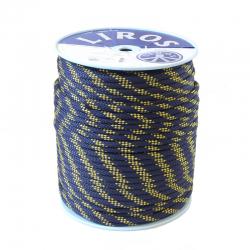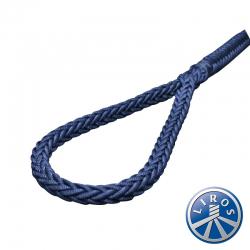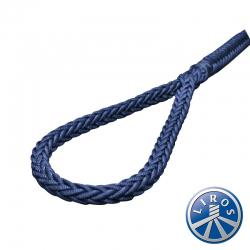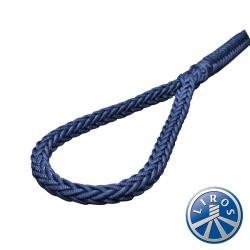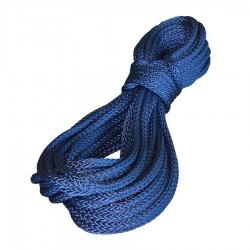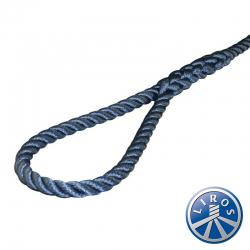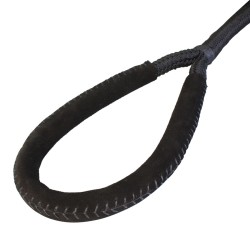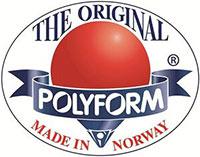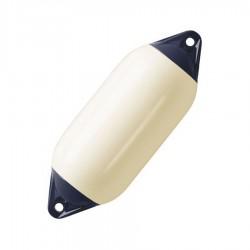Mooring in a marine environment refers to the securing of a yacht or boat to a fixed point, generally with chain or rope or a combination of the two. Jimmy Green Marine group all the products associated with mooring together in one category and subdivide them according to their different uses:
- Mooring Warps, Lines, Strops, Bridles, Chain and Rope Combination Strops
- Fenders – yacht protection while mooring
- Mooring Accessories – shackles, swivels, anti-chafe solutions, mooring compensators
- Mooring Buoys
- Bow Thrusters – for improved mooring manoeuvrability
Moorings can be broadly divided into three categories:
- Shoreside e.g. Jetties, pontoons (fingers), piers, harbour walls but could also include any convenient tree or rock.
- Mooring alongside a fixed structure (along her length) with several lines to share the load and restrain her movement
- Mooring stern-to (perpendicular to the shore) with stern mooring lines to the shore and utilising anchor lines deployed beyond her bow to maintain her angle to the shoreline
- Permanent Anchor Mooring: permanent attachment to the sea bed at a single fixed point or as part of a series.
- Swinging Mooring – also known as a single or simple mooring is generally a single anchor or weight laid on the sea bed and connected to a buoy on the surface. A mooring that is attached to a series of anchors or weights on the sea bed (also known as a trot) is still a swinging mooring if the connection is individual i.e. allows swing, Swinging refers to the fact that a yacht secured to a single point will be able to turn full circle in either direction according to the wind and tide. The buoy can be identifiable as a yacht’s home or as a visitor mooring. Sea bed mooring points vary from purpose-designed anchors to concrete weights according to local conditions. The sea bed anchor is normally attached to the mooring buoy with a chain known as the riser. A yacht is generally attached to the mooring buoy with a substantial, chafe-protected mooring rope commonly referred to as a strop or a bridle.
- Pile Mooring: poles driven into the bottom of the sea bed or river bed in a regular line with their tops protruding the surface to a serviceable height. A yacht positions herself in line and between two piles and deploys mooring lines fore and aft to a heavy steel ring on the pile (which may slide up and down with the tide).
- Running or Travelling: a fixed anchorage on the seabed with a block attached. A long line is reeved through the block and each end led back to the shoreline where it is spliced together to form an endless loop. A rope is attached to the running rope to act as a riser. This type of mooring is very popular for dinghies and tenders which can be therefore be moored at a distance from the shore but easily pulled back in for embarkation.
Take these factors into account when determining the adequate rope diameter for your individual mooring requirements:
- The risk factor created by leaving your yacht unattended in all weathers.
- The number of lines that are deployed to take the expected load.
N.B. Considerations for your Stern Mooring Lines when moored stern-to (Mediterranean style)
- Upsizing the rope diameter because the strain on the ropes will be considerably greater than when your yacht is moored alongside a pontoon.
- Doubling up as a precaution, especially when leaving your yacht unattended for any length of time.
Stern-To Mooring Lines - when your yacht is moored stern-to, also known as Mediterranean Mooring because it is very common in those cruising areas.
The marina normally provide their own permanent forward lines for you which are accessed by lazylines.
If not then the anchor will need to be deployed as you reverse into position to hold the bow at the correct angle to the shoreline or pontoon.
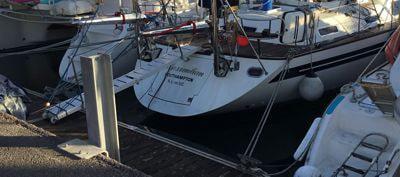
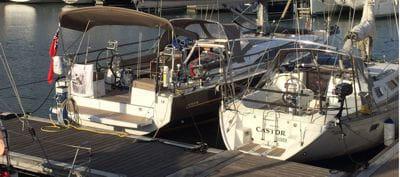
1. Selection process for General Use Mooring Lines (Shoreside):
- Find the column in the table below that best represents your Boat Length Overall.
- Compare your displacement with the tonnage listed.
- If the displacement is greater than displayed in your column in the table, or your yacht is a multihull, consider moving across to the next column to increase the diameter.
- Have a good look at the mooring lines on neighbouring yachts with a critical eye and judge whether your set-up should be the same or whether you can make improvements.
- Take local conditions into account, some marinas are notorious for excessive movement (wave motion) when the wind is strong from certain directions which afford relatively little protection.
- Decide whether an upgrade would enhance your mooring convenience.
- Add anti-chafe measures and/or compensators for peace of mind and less replacement costs.
- Bear in mind that the overall strain can be shared by a number of correctly deployed mooring lines - more mooring ropes should result in less load on each warp and consequently less shock impact on each deck fitting, providing that they are not doubled up.
Benchmark Guide for Multiple Point Mooring Lines for Yachts up to 16 metres LOA
| Yacht Lenght Overall |
‹ 6 metres |
6 - 8 metres |
8 - 10 metres |
10 - 12 metres |
12 - 14 metres |
14 - 16 metre |
| Approximate length in feet |
< 20 feet |
20 - 26 feet |
26 - 33 feet |
33 - 40 feet |
40 - 46 feet |
46 - 53 feet |
| Displacement in Tonnes |
1 tonne |
2.5 tonnes |
5 tonnes |
9 tonnes |
13 tonnes |
16 tonnes |
| 3 Strand, Dockline, Octoplait Polyester |
8/10mm |
10mm |
12mm |
14mm |
16mm |
18mm |
| Achorplait©, Handy Elastic, 3 Strand Nylon |
8/10mm |
10mm |
12mm |
14mm |
16mm |
18mm |
| Moorex12 Polyester, 3 Strand Polypropylene |
|
12mm |
14mm |
16mm |
18mm |
20mm |
Benchmark Guide for Multiple Point Mooring Lines for Yachts over 16 metres LOA
| Yacht Lenght Overall |
16 - 18 metres |
18 - 22 metres |
22 - 26 metres |
26 - 30 metres |
30 - 36 metre |
| Approximate Length in Feet |
53 - 60 feet |
60 - 72 feet |
72 - 85 feet |
85 - 98 feet |
98 - 188 feet |
| Displacement in Tonnes |
20 tonnes |
25 tonnes |
30 tonnes |
40 tonnes |
70 tonnes |
| 3 Strand Polyester |
18/20mm |
20/24mm |
24mm |
- |
- |
| Dockline |
18/20mm |
20/24mm |
24mm |
- |
- |
| Octoplait/Achorplait© |
18/20mm |
20/24mm |
24mm |
- |
- |
| Handy Elastic |
18/20mm |
20/24mm |
24mm |
28mm |
32mm |
| Super Yacht Mooring 01300 Dockline |
- |
- |
24mm |
28mm |
32mm |
N.B. LIROS Super Yacht Mooring Line Article 01300 is the LIROS recommended dockline for yachts over 22 metres LOA
2. Selection process for a Single Point or a Double Point Mooring Configuration - Permanent Mooring
- Permanent Single Point generally means a Swinging Mooring - N.B. Anchorplait/Octoplait 8 strand is recommended to prevent cockling
- Permanent Double Point: Fore and Aft between piles
N.B. For stern-to mooring lines, use the Multiple Point Mooring Line Benchmark Guide and upsize if appropriate
- Find the column in the table below that best represents your Boat Length Overall.
- Compare your displacement with the tonnage listed.
- If the displacement is greater than displayed in your column in the table, or your yacht is a multihull, consider moving across to the next column to increase the diameter.
- Take advice on local conditions and check the benchmark size from the table below against other similar sized boats moored in your area.
- Have a good look at the mooring configurations on neighbouring yachts with a critical eye and judge whether your set up should be the same.
- Consider whether you can make any improvements in terms of mooring convenience and anti-chafe measures.
Benchmark Guide for Single (or Double) Point Mooring Strops - Permanent Mooring
| Yacht Length Overall |
‹ 5 metres |
5 - 6 metres |
6 - 8 metres |
8 - 10 metres |
10 - 12 metres |
12 - 14 metres |
14 - 16 metres |
| Approximate Length in Feet |
‹ 16 feet |
16 - 20 feet |
20 - 26 feet |
26 - 33 feet |
33 - 40 feet |
40 - 46 feet |
46 - 53 feet |
| Displacement in Tonnes |
0.6 tonnes |
1 tonne |
2.5 tonnes |
5 tonnes |
9 tonnes |
13 tonnes |
16 tonnes |
| Strop Diameter |
14mm |
16mm |
18mm |
20mm |
24mm |
28mm |
32mm |
3. Selection process for a Rope/Chain/Rope Bridle (Permanent Mooring):
Single Point Bridle for attaching to and swinging on a single mooring buoy
Double Point Bridle: Fore and Aft between piles
N.B. Downsizing may be appropriate for a daytime stop or an overnight visit.
- Find the column in the table below that best represents your Boat Length Overall.
- Compare your displacement with the tonnage listed.
- If the displacement is greater than displayed in your column in the table, or your yacht is a multihull, consider moving across to the next column to increase the diameter.
- Take advice on local conditions and check the benchmark size from the table below against other similar sized boats moored in your area.
- Have a good look at the mooring configurations on neighbouring yachts with a critical eye and judge whether your set up should be the same.
- Consider whether you can make any improvements in terms of mooring convenience and anti chafe measures.
Benchmark Guide for Single (or Double) Point Mooring Strops - Permanent Mooring
| Yacht Length Overall |
‹ 5 metres |
5 - 6 metres |
6 - 8 metres |
8 - 10 metres |
10 - 12 metres |
12 - 14 metres |
14 - 16 metres |
| Approximate Length in Feet |
‹ 16 feet |
16 - 20 feet |
20 - 26 feet |
26 - 33 feet |
33 - 40 feet |
40 - 46 feet |
46 - 53 feet |
| Displacement in Tonnes |
0.6 tonnes |
1 tonne |
2.5 tonnes |
5 tonnes |
9 tonnes |
13 tonnes |
16 tonnes |
| Strop Diameter |
14mm |
16mm |
18mm |
20mm |
24mm |
28mm |
32mm |
How to estimate the length of a single line Mooring Strop
- Measure or estimate the freeboard at the bow i.e. the vertical distance between the bow roller and the surface of the water.
- Subtract the height of the mooring buoy if the attachment point is a ring on top or add on the depth if the attachment is below the surface.
- Decide the optimum angle from the mooring buoy attachment to the bow roller – this will be the load bearing angle of the mooring strop
- Calculate the hypotenuse with the help of the appropriate geometric formula - see below if you can't remember
- Add on the distance from the bow roller to the strongpoint on deck to which the strop will be secured
- Check your theoretical estimate against a working example before ordering a strop to made up to a specific length
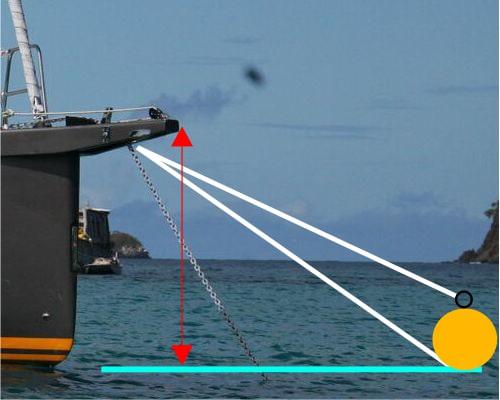
Below are theoretical examples of how to estimate the length of a strop for a single swinging mooring Consider carefully what angle is best for your individual mooring
2 metre Freeboard Example at 45°
2 metre Freeboard means a 2 metre distance from bow roller to the surface of the water
The hypotenuse can be calculated by geometrical formula = 2.83 metres
Distance from Bow to Buoy (no allowance for rake in the stem) = 2 metres
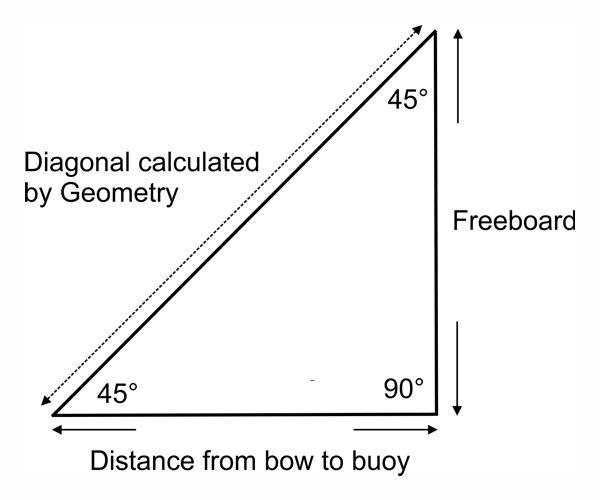
2 metre Freeboard Example at 60°
2 metre Freeboard means a 2 metre distance from bow roller to the surface of the water.
The hypotenuse can be calculated by geometrical formula = 2.31 metres Distance from Bow to Buoy (no allowance for rake in the stem) = 1.16 metres
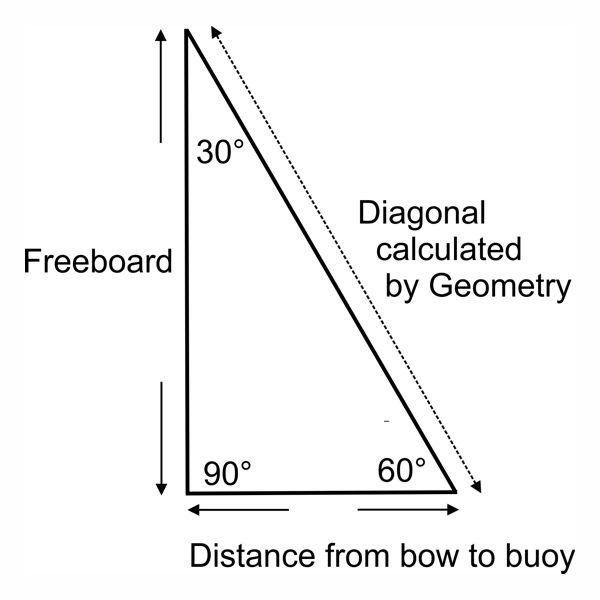
2 metre Freeboard Example at 30°
2 metre Freeboard means a metre distance from bow roller to the surface of the water.
The hypotenuse can be calculated by geometrical formula = 4 metres Distance from Bow to Buoy (no allowance for rake in the stem) = 3.46 metres
The load-bearing angle will be flatter but you will need to be careful that the extra scope does not cause any interference with neighbouring yachts because of the increased swinging arc it creates.
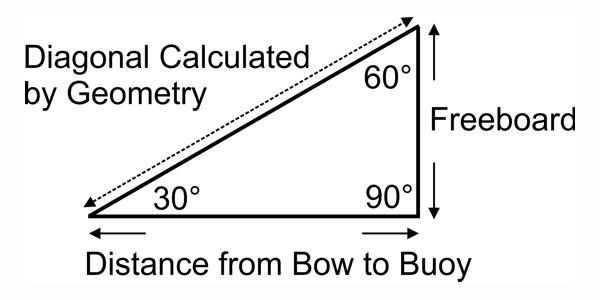
Protect your Strop against Abrasion

1. Establish the best route for the strop from the bow roller to the strongpoint
- It may be a simple, straight lead to a strongpoint on the centreline but all too often it will be a case of finding the best lead between other deck fittings and/or around a bend to an offset strongpoint e.g. a port or starboard mooring cleat.
2. Ensure the strop is protected at each potential wear point
- Over the bow roller
- Against the stemhead fitting, especially if it is turning a corner towards an offset mooring cleat
- Against any other deck fitting that it may touch en route
- On the loop of the splice
3. Select your Anti-Chafe Options
N.B. Tubular Webbing and PVC tube can be added when you build your Custom Mooring Strop online.
Mooring Information
Main Menu
Main Menu
Back
Main Menu
Back
Main Menu
Back
Back
Main Menu
Back
Main Menu
Back
Back
Main Menu
Back
Main Menu
Main Menu
Back
Main Menu
Back
Back
Back
Back
Back
Back
Back
Back






















